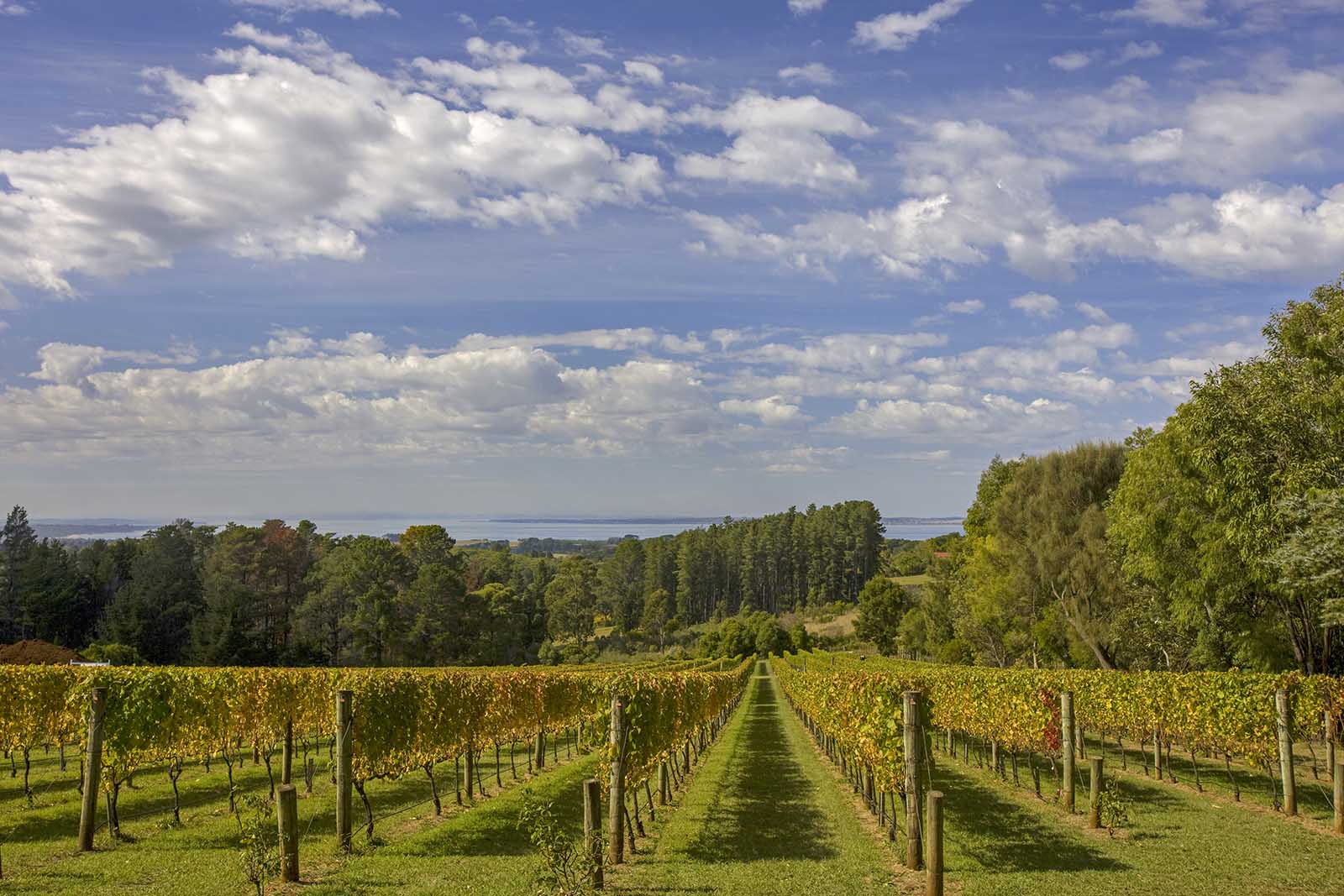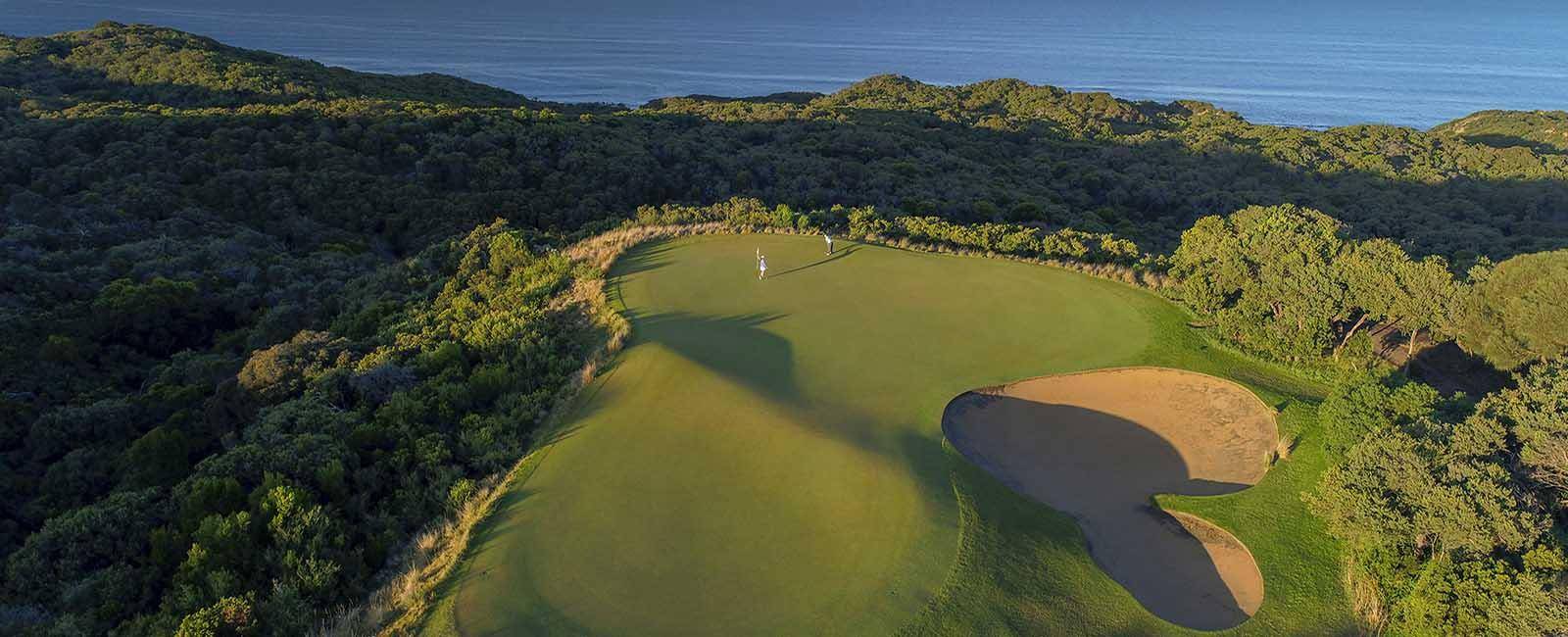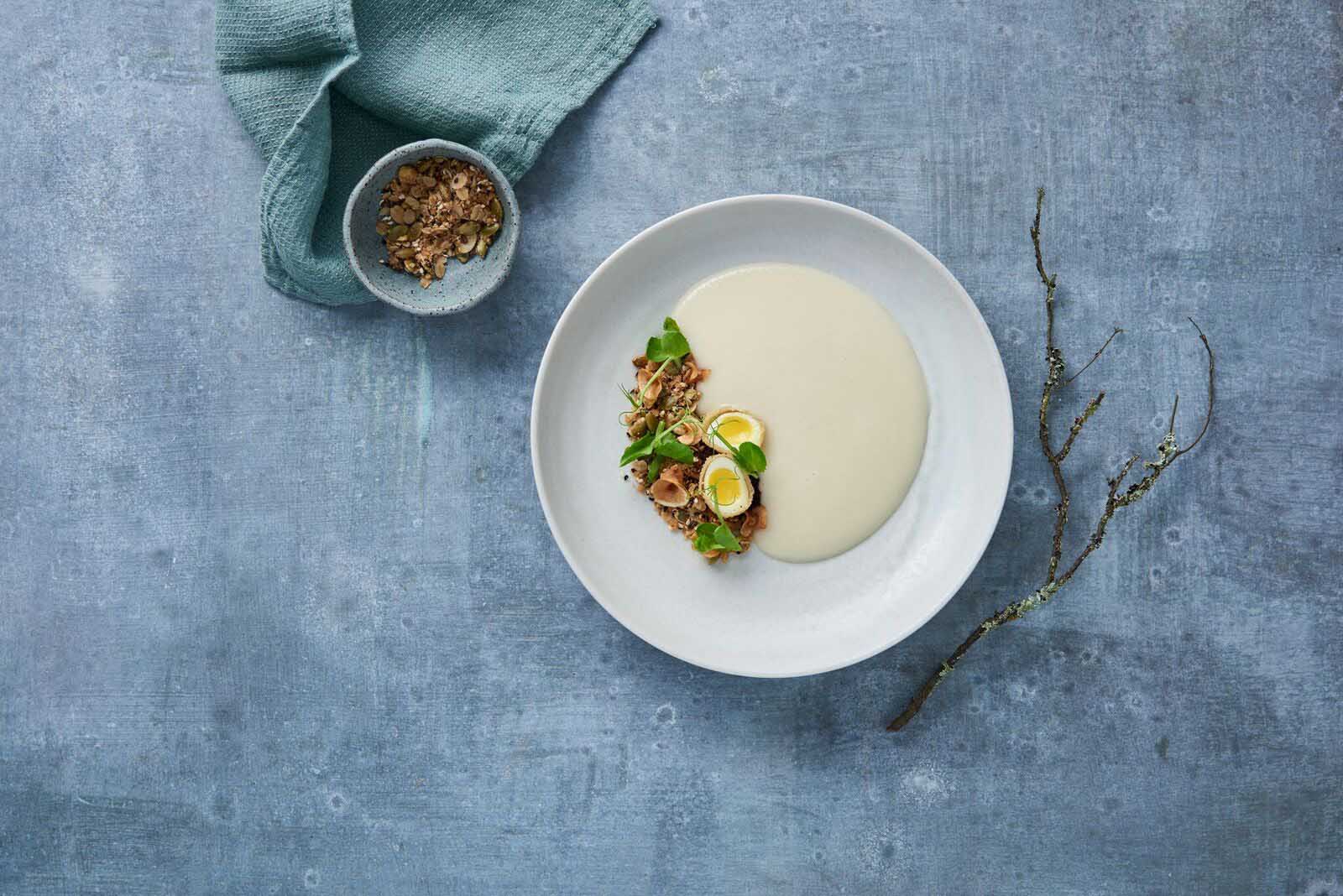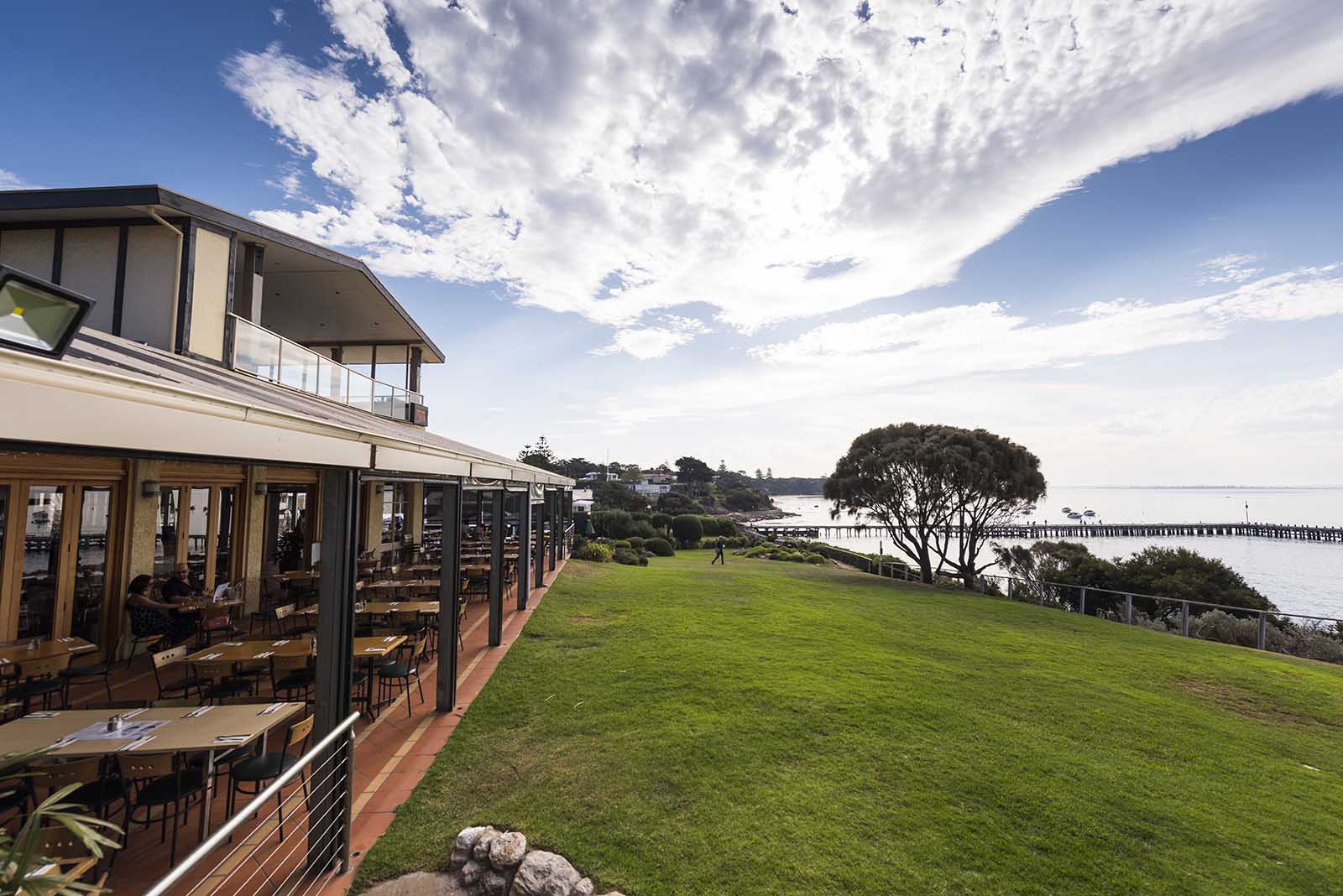
"I’ve got something I really want you to try,” says Red Hill Estate’s resident winemaker as she strides purposefully down a row of wine barrels behind the cellar door. With evident delight she draws some wine from a barrel and pours the golden liquid into a glass.
“Ripe, multi-layered, complex, focused without being broad,” she enthuses, warming to her topic as she holds the glass up to the light. “But the wine speaks more articulately than I do.”
Red Hill Estate typifies a large number of enthusiastic wine growers clustered on Victoria’s Mornington Peninsula situated only one hour’s drive from Melbourne. Dozens of vineyards such as Dromana Estate Winery, Willow Creek Vineyard, Trofeo Estate and Paringa Estate are set against a backdrop of stunning rural landscapes and rugged coastlines.
From classic grape varieties such as Pinot Noir, Chardonnay and Cabernet Sauvignon to Merlot and Shiraz, it’s an area where some of Australia’s finest cool climate wines are produced.
But it’s not just the grape that reigns supreme here. There's golf among the grapes, with a concentration of challenging and affordable courses for players of all abilities. The combination of rich red volcanic soil surrounded by rolling sand dune country makes the Mornington Peninsula a world-class destination for the connoisseur of both golf and fine wines.
Winning wines and views
From Red Hill Estate’s elevated restaurant patio, acres of Chardonnay and Pinot Noir form abstract patterns of green vines that march down the hillside towards stands of eucalyptus trees backed by the sparkling blue waters of Western Port Bay – boasting one of the best views of any vineyard in the world.
Red Hill Estate wines continue to win gold, silver and bronze medals at Melbourne and other prestigious wine shows, including a gold medal in the London Wine and Spirit Challenge. The Pinot Noir and Pinot Grigio are fast becoming cellar door sell-outs with some stocks being exhausted before the next vintage is released.
Grapes and golf live side by side on the Mornington Peninsula and both have their own special challenges, like the testing layout of the National Golf Club’s Old Course the following day. This classic Robert Trent Jones Jnr designed course is situated in rugged sand dune country high above the Cape Schanck Coastal and Point Nepean National Parks and offers ocean views from 16 of its 18 holes. Trent Jones has moulded his course to take full advantage of the visual beauty.
As a stiff southwesterly wind whips across the tee, I line up my ball and take one last look at the green – an emerald island high above a no-man’s land of ball-hungry woodlands. Hit it left, hit it short or hit it too long and it’s a lost ball. There is little room for error. This is the 121-metre par 3 second, the course’s signature hole and one that typifies the National.
On coastal land next to the National’s Old Course are its two other courses; the Moonah course, which is a links-style layout designed by Greg Norman and the Ocean Course designed by Thomson, Wolveridge and Perrett, and based on the great links of Scotland and Ireland. These three top-drawer courses plus a further 18 holes at Long Island (located in Frankston North, 40 minutes closer to Melbourne) add up to 72 holes of top-drawer Australian golf. “One of the great golf complexes anywhere in the world,” said Robert Trent Jones Jnr during his visit to the club in November 2011.
Gourmet retreat
After my encounter with The National’s deep bunkering, multi-tiered greens and the howling winds, my golf ego is well and truly broken. Just as well that I am basing myself next door at the RACV Cape Schanck Resort, complete with another top-quality Robert Trent Jones Jnr. golf course. Slipping into the hot bubbling spa after my round is just reward for a demoralised golfer.
From my window-side table at the bistro, the first fairway has topography that bucks and plunges like a raging river, and it draws my eye along its wide ribbon of grass before it crests a final hill between the tea trees, leaving me with only the tantalising promise of a green.
The view is enough to whet my appetite for a game tomorrow, and vies for my attention from the masterpiece of an entrée placed before me; long slivers of lamb fillets marinated in a Thai honey and ginger glaze climb into a complicated spire over a bed of Asian cress. The wind outside is rising in strength, whipping the tea trees into a frenzy. Not exactly the weather for golf but that’s Cape Schanck for you, as tempestuous and unpredictable as the devil.
The RACV Cape Schanck Resort is proving to be an excellent base for my golf forays in grape country. Close by is The Dunes, a classic links course of championship quality and always highly ranked in Australia’s annual Top 100 Golf Courses.
Other quality courses in the region include Portsea, Sorrento, Flinders, Eagle Ridge and the Open and Legends courses that make up the Moonah Links. The Legends course is a resort-style course, and the Open course is an 18-hole championship links designed by Thomson, Wolveridge and Perrett that hosted the Australian Open in 2003 (Peter Lonard) and 2005 (Robert Allenby).
Detour to vineyards and villages
Over the next few days, I knock on cellar doors and sample some fine drops while playing some demanding golf. The driving in between is pure pleasure around the scenic hills of Red Hill. Farmlands interspersed with woodlands, vineyards, craft-wise villages and sudden views over either the ‘Bay’ on one side or the ‘Straights’ on the other.
Along the coast, old resort towns still retain their old charm with Portsea boasting more private tennis courts than most suburbs have players. Situated at the end of the long boot-shaped peninsula, it offers both wild ocean beaches and safe bay beaches of golden sand and, if it gets too hot, it’s only a short stroll to the local beachside pub.
Golfing in wine country, or drinking fine wines in golf country? It’s difficult to prioritise, but with soil this good under the greens and vines, it doesn’t really matter.
GETTING THERE
PLAN YOUR TRAVEL
CREDITS







